News
Creating the Ultimate Festival Experience
Creating the Ultimate Festival Experience: Lessons from Iconic Global Events
Festivals are more than just events — they are immersive experiences that bring people together, celebrate culture, and leave lasting memories. From the desert expanses of Burning Man to the electronic utopia of Tomorrowland, the most iconic festivals succeed because they go beyond music and spectacle; they create worlds.
For event professionals, understanding what makes these festivals unforgettable can provide invaluable insights for designing experiences that resonate with attendees. Whether you’re producing a small cultural festival or a large-scale music event, there are lessons to learn from global icons about storytelling, design, community, and technology.
1. The Art of Storytelling: Creating a Festival Narrative
Every world-class festival begins with a story. The narrative shapes the festival’s design, programming, and atmosphere, guiding attendees through an intentional journey.
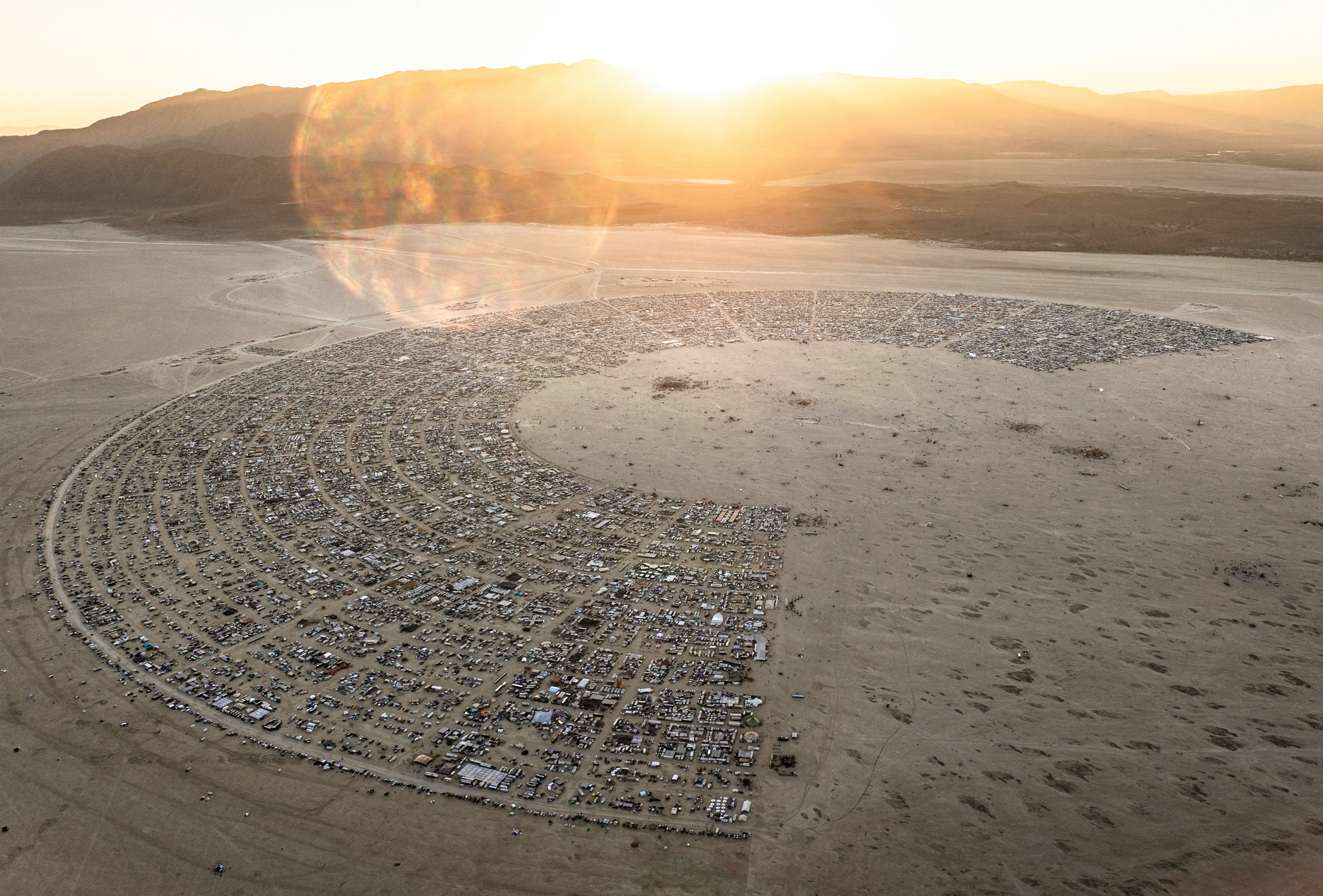
🔥 Case Study: Burning Man (Nevada, USA)
Burning Man is built around an annual theme, such as “The Multiverse” or “Metamorphoses.” This theme serves as a creative framework, inspiring artists, performers, and builders to create installations, performances, and interactive experiences that reflect the concept. Participants aren’t just spectators; they are co-creators in a shared story.
🎭 Lesson
Treat your festival as a narrative. Every element — from stage design to food options to art installations — should reinforce the story. Map out a festival journey:
- Beginning: How do attendees enter your world?
- Middle: How do experiences evolve and engage participants?
- End: What lasting impression do you want to leave?
A cohesive narrative ensures that your festival feels like an intentional world rather than a collection of isolated attractions.
2. Designing Immersive Environments
The physical environment of a festival is critical in creating an immersive experience. The best festivals transform ordinary spaces into worlds that evoke emotion, curiosity, and wonder.

🌟 Case Study: Tomorrowland (Boom, Belgium)
Tomorrowland is renowned for its elaborate stage designs and fantastical landscapes. Every stage is a work of art, designed to transport attendees into a narrative universe. Lighting, pyrotechnics, and interactive elements work together to create a fully immersive experience that engages all the senses.
💡 Lesson
Invest in immersive design. Think beyond aesthetics:
- Use lighting, sound, and set design to guide emotional journeys.
- Structure the festival layout to encourage exploration.
- Incorporate sustainable materials to enhance both experience and ethics.
An immersive environment makes attendees feel like they are part of a unique world rather than passive observers.
3. Multi-Layered Programming
Music might be the core draw of a festival, but successful events often provide multi-layered programming that engages attendees on multiple levels.
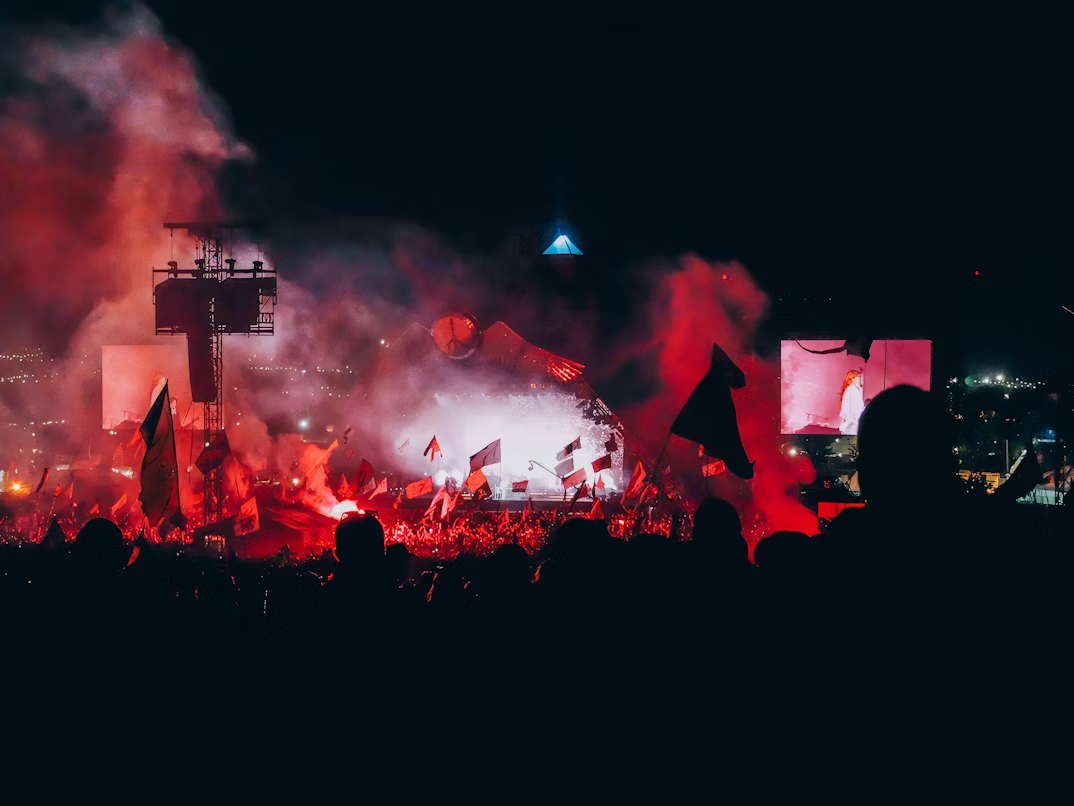
🎵 Case Study: Glastonbury Festival (Somerset, UK)
Glastonbury is more than music; it includes theatre, poetry, wellness spaces, and activist zones. This diversity creates opportunities for attendees to explore new interests, fostering deeper engagement and repeat attendance.
💡 Lesson
Diversify programming to appeal to different audiences:
- Music & performances for excitement and energy.
- Workshops & talks for learning and reflection.
- Art installations & wellness areas for introspection.
A variety of experiences ensures that attendees can craft their own personalized festival journey.
4. Building Community
The difference between a memorable festival and a forgettable one is often the sense of community it fosters. Attendees should feel like they are part of a shared experience rather than mere consumers of
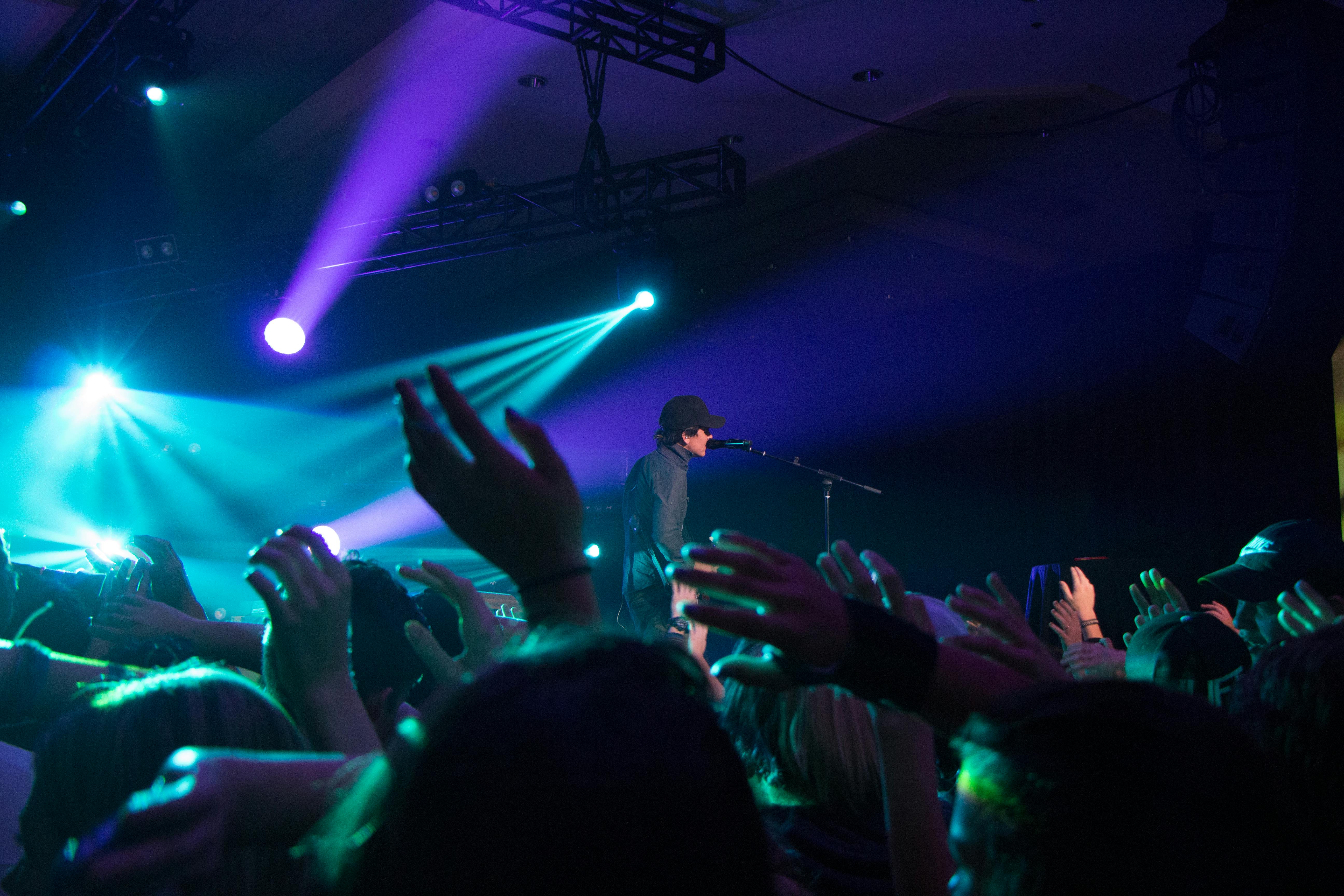
🌏 Case Study: Fuji Rock Festival (Niigata, Japan)
Fuji Rock emphasizes environmental stewardship and respectful behavior, cultivating a festival culture where attendees care for the site and each other.
💡 Lesson
Encourage community by:
- Inviting attendee participation in workshops, art, or volunteering.
- Promoting shared values and traditions.
- Fostering an inclusive, respectful environment.
When attendees feel ownership over their experience, they are more likely to return year after year.
5. Leveraging Technology
Technology can elevate a festival, making it more interactive, accessible, and efficient.
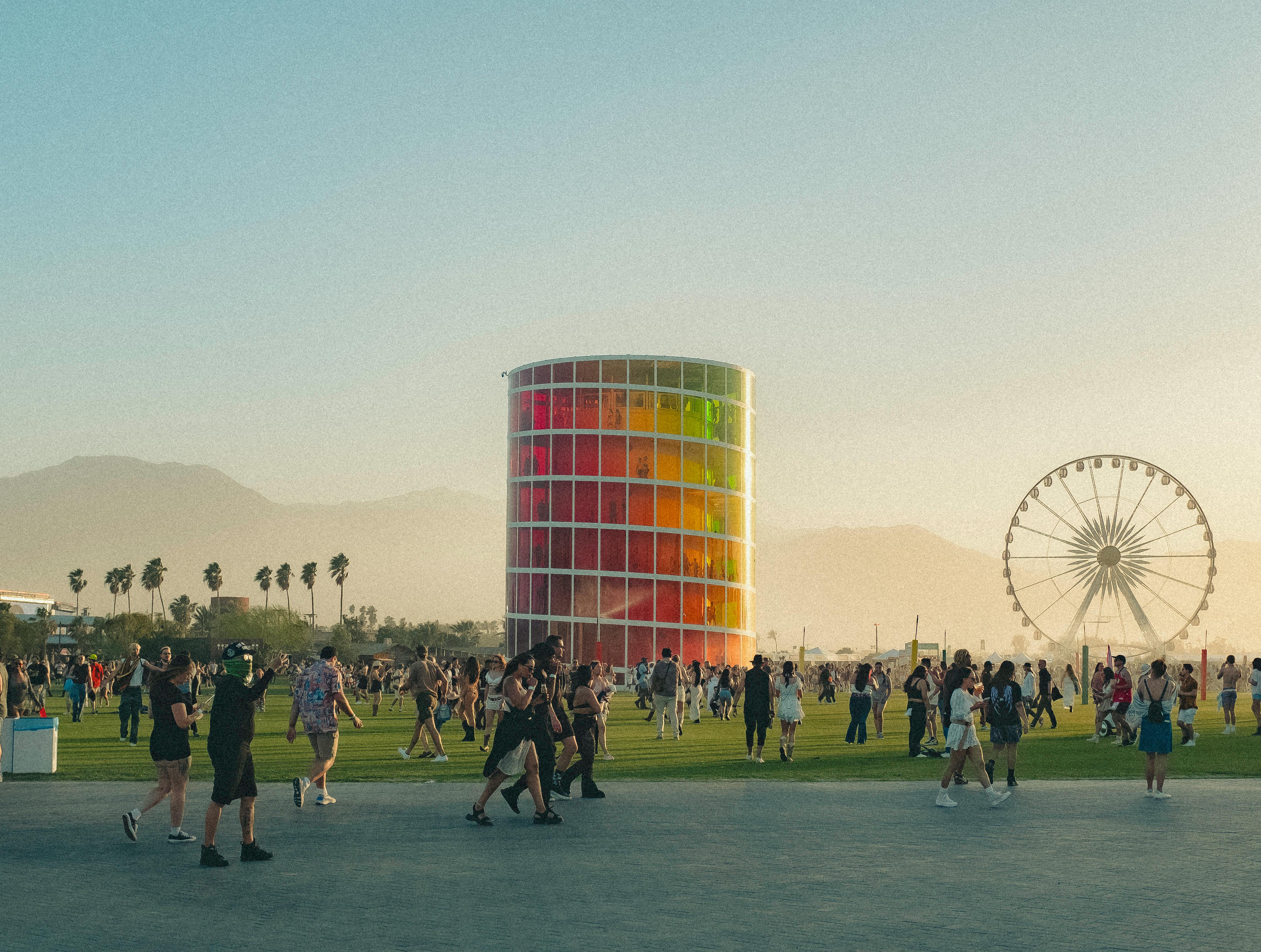
⚡ Case Study: Coachella (California, USA)
Coachella uses technology to enhance the attendee experience with mobile apps for navigation, real-time scheduling, and cashless transactions. They also stream performances globally, expanding the festival’s reach.
💡 Lesson
Use technology to enhance, not replace, human interaction:
- Mobile apps for navigation and scheduling.
- AR/VR installations for immersive experiences.
- Data analytics to improve attendee experience.
- Livestreaming and hybrid options for global reach.
Technology should deepen connection and engagement, not distract from the core experience.
6. Sustainability and Social Responsibility
Modern festivals are increasingly judged on their environmental impact. Sustainable practices are no longer optional — they are essential.
🪵 Case Study: Green Man Festival (Wales, UK)
Green Man incorporates sustainability in all aspects, from local food sourcing to waste reduction initiatives, while actively supporting regional communities.
💡 Lesson
Sustainability enhances brand and audience loyalty:
- Use renewable energy and eco-friendly materials.
- Implement recycling, composting, and refill stations.
- Partner with local suppliers and charities.
- Communicate your sustainability efforts transparently.
Sustainable festivals resonate with attendees who value environmental responsibility.
7. Mastering Logistics
Even the most creatively ambitious festival can fail without meticulous logistics. Successful festivals are seamless because attendees don’t notice the effort behind the scenes.

🚦 Case Study: Electric Daisy Carnival (Las Vegas, USA)
EDC’s operations are carefully orchestrated, from crowd management to transportation and emergency planning. The result is a high-energy environment that feels effortless to attendees.
💡 Lesson
Operational planning supports the overall experience:
- Optimize site layout for flow and safety.
- Provide clear signage and intuitive navigation.
- Include quiet and wellness zones to balance high-energy areas.
Good logistics keep attendees happy; great logistics amplify the emotional impact.
8. Engaging the Senses
The best festivals engage multiple senses to create lasting memories. Beyond sound and sight, consider touch, smell, and even taste.
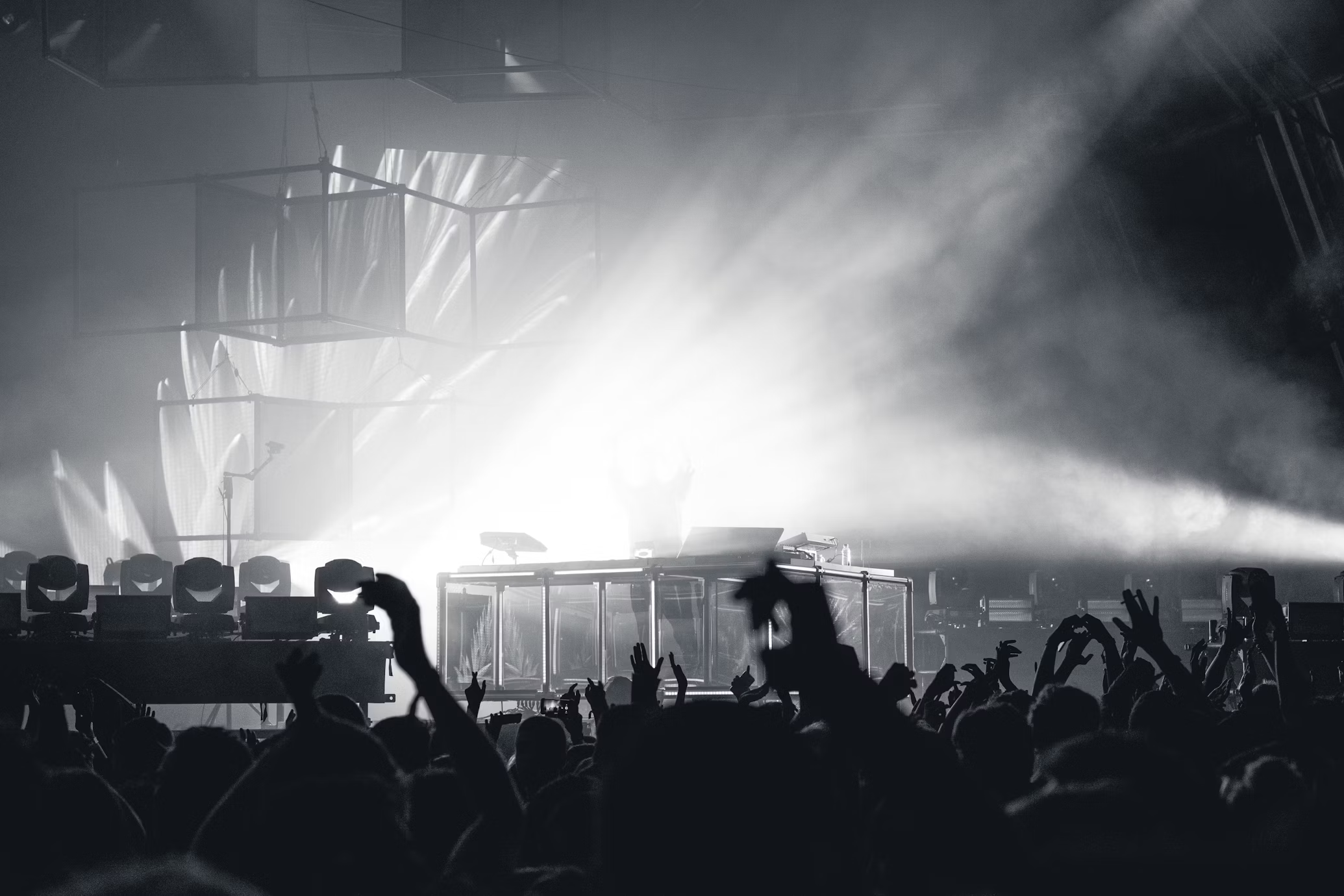
🔊 Case Study: Sonar Festival (Barcelona, Spain)
Sonar blends experimental soundscapes with digital art and immersive installations, creating a multi-sensory environment that transforms perception and engagement.
💡 Lesson
Use sensory design to deepen immersion:
- Curate soundscapes that evolve throughout the day.
- Use dynamic lighting to influence mood.
- Incorporate tactile installations to encourage exploration.
- Experiment with scent and environmental cues to reinforce atmosphere.
Every sensory touchpoint contributes to the festival narrative and emotional journey.
9. Extending the Experience Beyond the Event
The ultimate festival experience doesn’t end when the last performance finishes. Iconic festivals extend their influence through media, merchandise, and ongoing community engagement.
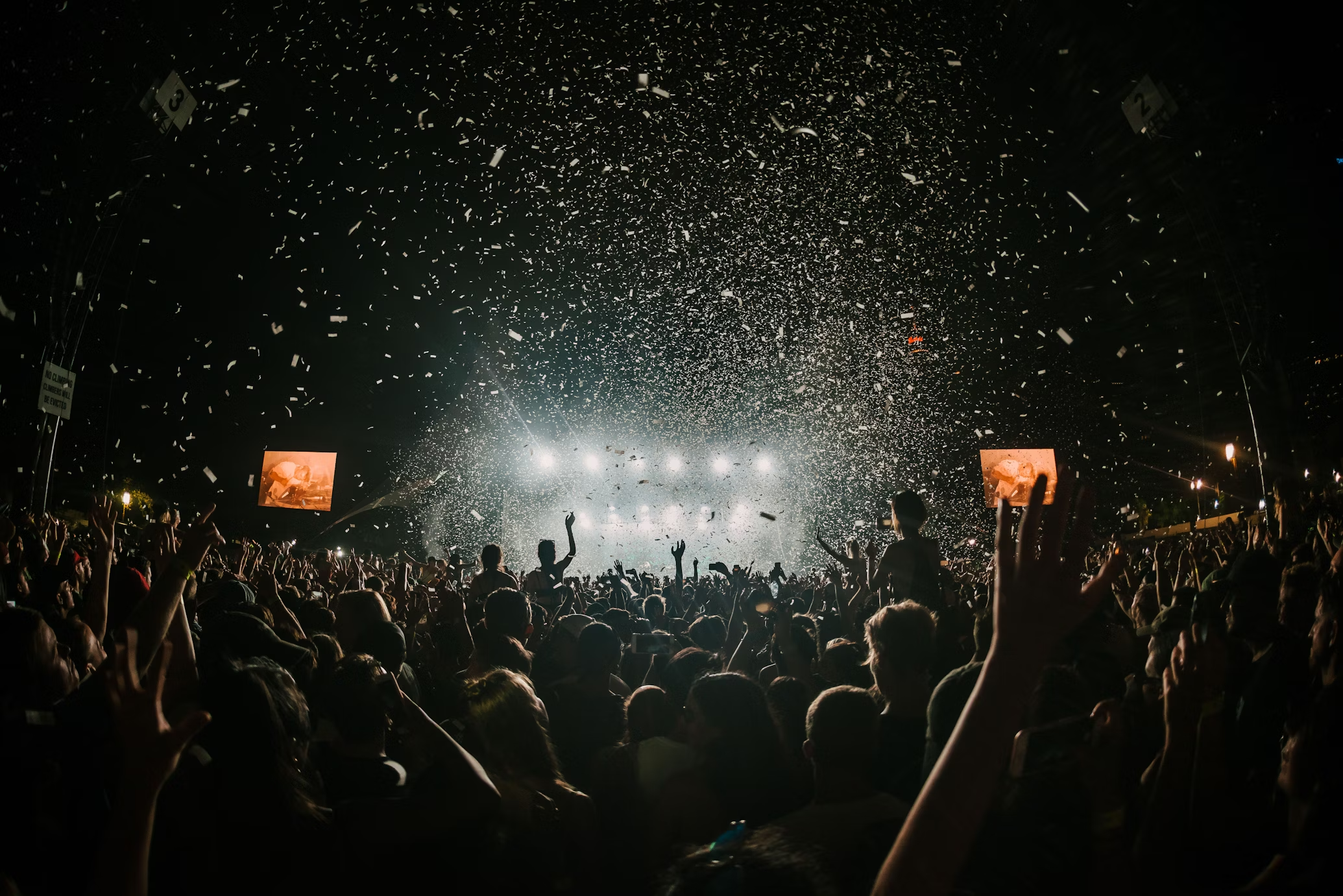
📸 Case Study: Coachella and Glastonbury
Both festivals produce high-quality after-movies, artist interviews, and recap videos, keeping audiences connected until the next edition.
💡 Lesson
- Create post-event storytelling through videos, social media, or podcasts.
- Build online communities for year-round engagement.
- Offer exclusive merchandise or digital collectibles to maintain connection.
A festival’s impact extends far beyond the physical event, shaping culture and audience loyalty.
10. Putting People First
Ultimately, the most successful festivals are centered around people — artists, staff, and attendees. Every decision should enhance the human experience.
💡 Lesson
- Encourage interaction and connection between attendees.
- Prioritize safety, comfort, and inclusivity.
- Celebrate diversity in performers, staff, and programming.
- Design experiences that are lived, not just attended.
Human-centered design ensures that the festival experience is memorable, emotional, and transformative.
Conclusion: Designing Iconic Festival Experiences
The world’s most iconic festivals succeed because they blend story, design, community, technology, and sustainability into a cohesive, immersive experience. They create worlds where attendees feel part of something larger than themselves — a shared journey of music, art, culture, and emotion.
For event professionals, the lesson is clear: it’s not enough to book a headliner or build a stage. Creating a memorable festival requires intentionality, creativity, and empathy. From narrative design to logistics, sensory engagement to post-event storytelling, every element matters.
By learning from the pioneers of festival culture, you can craft experiences that are not only attended but remembered, creating moments that resonate long after the lights go down.
Festivals are not just events — they are transformative journeys. And the best experiences? They stay with people for a lifetime.




